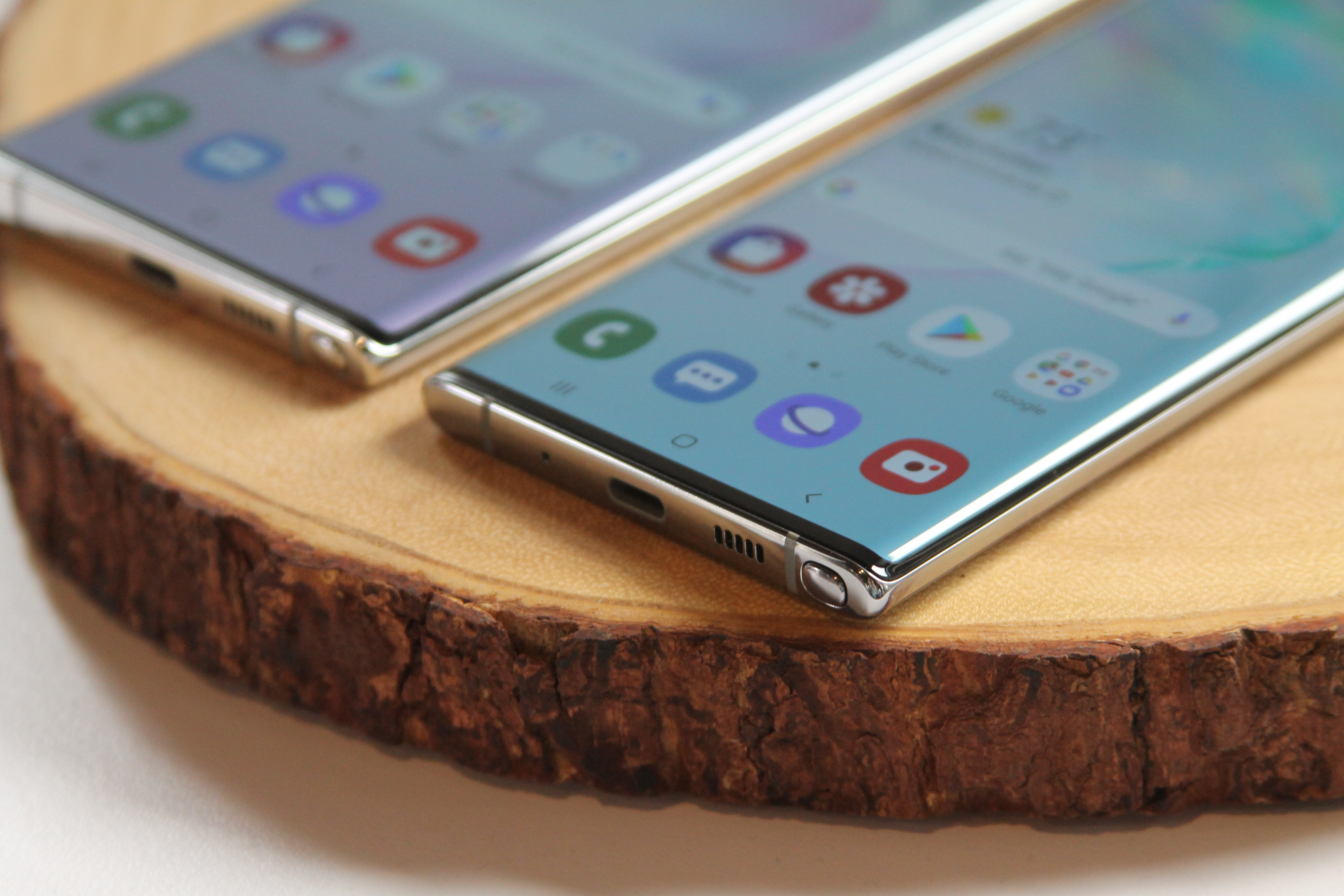Galaxy Note 10 Fast Charging Tested: Here's How Fast It Juices Up
Samsung was one of the first to deliver fast charging in its smartphones, first adopting Qualcomm's Quick Charge technology with the Galaxy S5 series, before debuting its own bespoke Adaptive Fast Charge tech with the Galaxy S6.

However, in the years since, the company has fallen well behind the pack. Handsets from rival firms, like OnePlus and Huawei, have beaten Samsung to the punch in delivering power more quickly. In turn, that's allowed them to produce devices with larger batteries that don't take as long to top up.
Fortunately, Samsung has stepped up its charging game in a big way with the Galaxy Note 10 and Galaxy Note 10 Plus. These phones support 25-watt fast charging out of the box, which — while not the fastest — is much better than what Samsung's been shipping up until now.
However, the Note 10 Plus in particular also supports 45W technology as well, with the use of a special adapter than can be purchased separately. That's a first for Samsung, and even better than the 40W charging in Huawei's P30 Pro, which used to be the quickest on the market until now.
Here's everything you need to know about fast charging on the Galaxy Note 10 and Note 10 Plus: what comes in the box, what your options are, and how fast the phones charge in the real world.
Galaxy Note 10 Plus fast charging vs the competition
| Phone | Charge after 30 minutes, starting from 0% | Battery size |
| Huawei P30 Pro | 70% | 4,200 mAh |
| OnePlus 6T McLaren | 66% | 3,700 mAh |
| Samsung Galaxy Note 10 Plus (25W) | 65% | 4,300 mAh |
| OnePlus 7 Pro | 60% | 4,000 mAh |
| iPhone XR (with USB-C kit) | 51% | 2,942 mAh |
| Google Pixel 3 | 50% | 2,915 mAh |
| Samsung Galaxy S10 Plus | 40% | 4,100 mAh |
| iPhone XS Max | 35% | 3,174 mAh |
| Samsung Galaxy Note 9 | 34% | 4,000 mAh |
What's in the box?
All Galaxy Note 10 models come with 25W charging adapters. Before now, the only Samsung handset to support 25W speeds was the 5G version of the Galaxy S10 Plus.
The S10 5G features a 4,500-mAh battery. That's significantly more capacity than the 3,500 mAh offered in the regular Note 10, and a bit more than the 4,300-mAh Note 10. Still, with 25W charging, we were able to get that S10 from completely dead to 56% in 30 minutes.
Get instant access to breaking news, the hottest reviews, great deals and helpful tips.
MORE: The First Galaxy Note 10 Plus Benchmarks Are In
Recharging the Note 10 Plus from 0% with its stock adapter, we were able to get the phone up to 33% after 15 minutes and 65% after a half hour.
For comparison's sake, the OnePlus 7 Pro, which offers 30W charging and carries a 4,000-mAh battery, actually fared poorer — 60 percent in 30 minutes. The Huawei P30 Pro, meanwhile, recharged a bit faster, getting its 4,200-mAh power pack to 70 percent in the same amount of time, thanks to the Chinese firm's 40W Supercharge system.
What about wireless charging?
Neither Note 10 comes with a wireless charging pad, though both devices do support wireless charging at up to 15W speed. Even though that's far from the fastest wired charging possible, that's still pretty good. For example, Google's Pixel 3 can only charge at a max throughput of 10W, and only using Google's proprietary Pixel Stand.
Likewise, you'll have to make sure you use Samsung-certified wireless chargers to get the best performance possible. Samsung's Wireless Charging Stand runs $79 and supports 15W delivery. Anker's wireless chargers are also trustworthy options that cost less than their first-party counterparts, though they are limited to 10 watts.

Go faster: optional 45-watt charging
For 45W charging on the Note 10 Plus only, you'll have to pick up one of Samsung's $50 USB-C Super Fast Charging 2.0 adapters. While we may eventually see third-party chargers certified for 45W delivery with the Note 10 Plus, there are no alternatives to Samsung's kit we can recommend at the moment.
Most of that comes down to the charging protocol Samsung turned to for the 45W capability. As ExtremeTech points out, Super Fast Charging 2.0 is built on a modification of the existing USB-C PD spec that many devices, from Apple's MacBooks to the Nintendo Switch and Pixel 3 and 3a, already use. This tweak, called Programmable Power Supply, is a rare element only found in certain types of PD chargers.
Given the vast number of companies out there building fast chargers of uncertain quality, we simply advise going with the first-party solution for now. Some owners and onlookers might be skeptical of Samsung's decision to lock its newest charging technology down in such a way — though when you're pushing 45W power to your $1,000-plus smartphone, the last thing you want is shoddy circuitry frying your investment to a crisp.
Samsung tells us the 45W charger won't hit store shelves until closer to the Note 10's launch on August 23. For that reason, we haven't been able to test it out yet — though we plan to update this explainer once we've had the opportunity to try it out.
Looking to save some money on the Galaxy Note 10? Make sure you check out our Samsung discount codes for the latest deals.
Adam Ismail is a staff writer at Jalopnik and previously worked on Tom's Guide covering smartphones, car tech and gaming. His love for all things mobile began with the original Motorola Droid; since then he’s owned a variety of Android and iOS-powered handsets, refusing to stay loyal to one platform. His work has also appeared on Digital Trends and GTPlanet. When he’s not fiddling with the latest devices, he’s at an indie pop show, recording a podcast or playing Sega Dreamcast.
